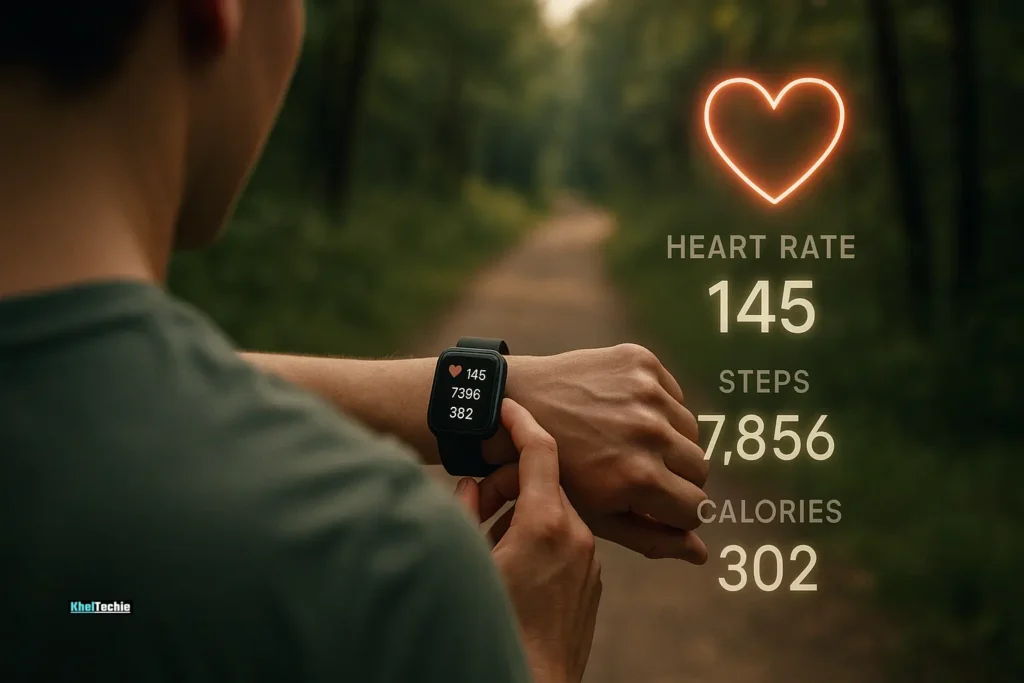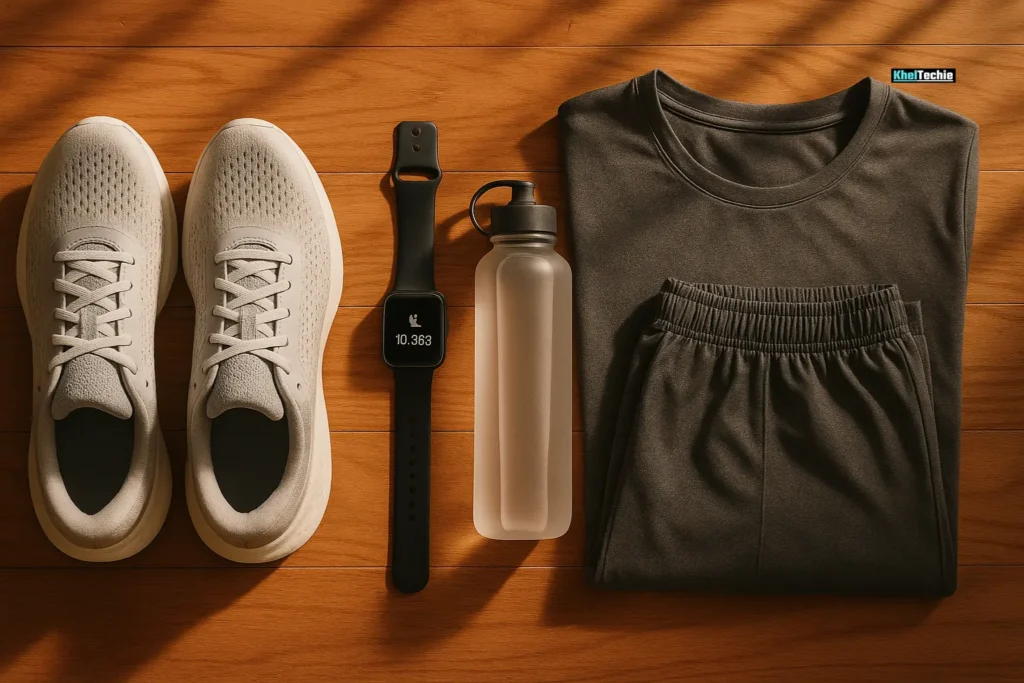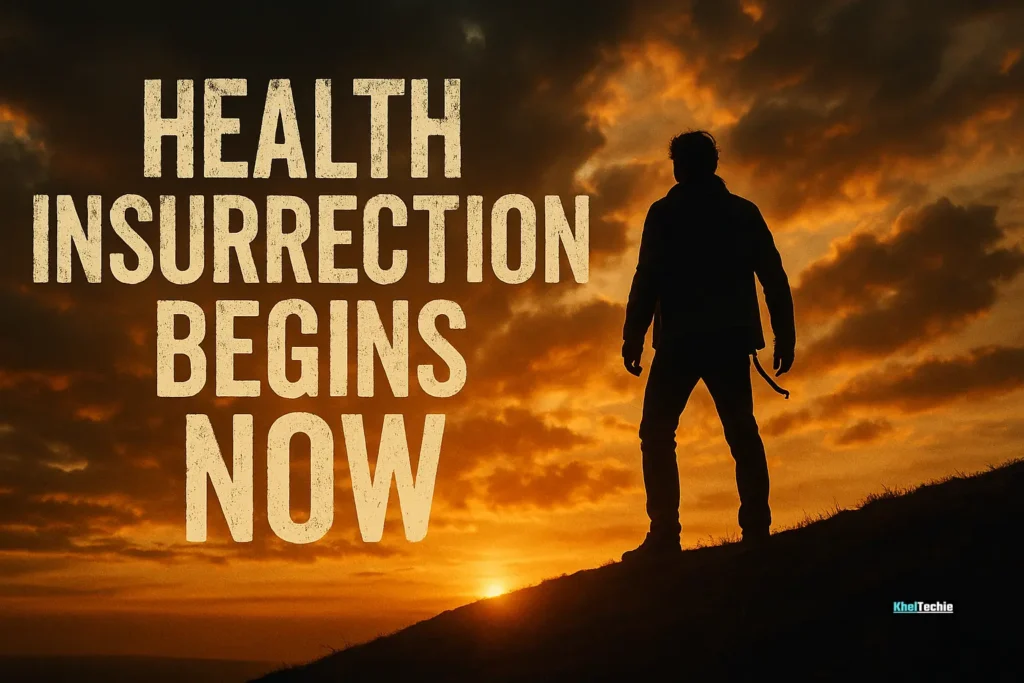Brisk Walking for Health Insurrection: Rebel Against Fatigue, Stress, and Poor Health
The Silent Health Crisis!
Do you ever feel like your body is rebelling against you? Tired all the time? Stressed beyond reason? You’re not alone. In a world glued to screens and comfort food, brisk walking for health insurrection might just be your most powerful act of defiance.
It’s not just about taking a stroll. It’s about reclaiming your energy, sharpening your mind, and standing up-literally-to the slow decay of modern living.
Let’s walk through everything you need to know to start your own health revolution, one step at a time.
Also read – Microwalking for Health Insurgence

What is Brisk Walking for Health Insurrection?
At its core, brisk walking for health insurrection means using fast-paced walking as a tool to fight back against unhealthy habits, sedentary lifestyles, and declining physical and mental wellness.
Think of it like this:
If your body were a country under siege from laziness, processed foods, and stress, brisk walking would be your army-quiet, consistent, and powerful.
Key Elements:
- Speed: Around 3–4.5 mph (faster than a casual stroll)
- Duration: At least 30 minutes, ideally daily
- Intensity: Should raise your heart rate and make you slightly out of breath
- Purpose: Not just movement, but intentional, rebellious self-care
Defining Brisk Walking
Brisk walking is characterized by a pace that elevates your heart rate while still allowing for conversation. Typically, this translates to walking at approximately 4 to 4.5 miles per hour, or a 13 to 15-minute mile.
The Concept of Health Insurrection
The term “health insurrection” signifies a proactive rebellion against sedentary habits and the health complications they breed. By integrating brisk walking into daily routines, individuals can initiate a transformative journey towards improved well-being.

Why Brisk Walking for Health Insurrection Matters
Latest Science-Backed Benefits of Brisk Walking (2025)
Brisk walking isn’t just a casual activity, it’s a science-backed way to protect your health. Two recent studies in 2025 highlight its powerful effects.
Lowers Cancer Risk:
A major UK study (85,000 participants over 6 years) revealed that walking 7,000–9,000 steps daily can reduce the risk of developing cancer by up to 16%. Even just 7,000 steps brought an 11% reduction. The benefit was consistent across 13 cancer types, and importantly, it didn’t matter how fast you walked, just walking more made the difference.
Brisk Walking Reduces Risk of Heart Rhythm Disorders
A study published in the journal Heart in April 2025 indicates that walking at a brisk pace (over 4 mph) can reduce the risk of heart rhythm abnormalities, such as atrial fibrillation (AFib), by up to 43%.
Researchers analyzed data from over 420,000 participants in the UK Biobank and found that those who walked at a brisk pace had a significantly lower risk of developing arrhythmias compared to slow walkers. The study also found that individuals with healthier lifestyles and fewer chronic conditions were more likely to walk faster. Experts emphasize that walking improves heart function, reduces inflammation, and is accessible to most people.
These findings highlight the profound impact that incorporating brisk walking into your daily routine can have on reducing the risks of serious health conditions. Whether it’s lowering the likelihood of cancer or preventing heart rhythm disorders, brisk walking emerges as a simple yet powerful tool for enhancing overall health

Step-by-Step Process to Start Your Health Insurrection
Ready to rebel? Here’s your action plan:
Step 1: Gear Up Right
- Comfortable shoes with good arch support
- Breathable clothing
- Optional: Pedometer or fitness tracker (like Fitbit or Apple Watch)
Step 2: Find Your Route
- Safe sidewalks or trails
- Park paths or treadmill if weather isn’t cooperating
Step 3: Warm-Up Like a Pro
- 5 minutes of slow walking
- Dynamic stretches (arm circles, leg swings)
Step 4: Walk Briskly with Purpose
- Aim for a pace where talking is possible but singing isn’t
- Swing arms naturally
- Keep head up, shoulders relaxed
Step 5: Cool Down and Reflect
- Slow down gradually
- Stretch calves, hamstrings, shoulders
- Hydrate and reflect on how your body feels
Common Mistakes to Avoid and Their Fix
Even rebels make mistakes. Here are some pitfalls to avoid:
| Mistake | Why It Hurts | How to Fix |
|---|---|---|
| Slouching while walking | Causes back pain and reduces oxygen intake | Stand tall, engage core |
| Wearing old shoes | Increases injury risk | Replace shoes every 300-500 miles |
| Skipping warm-ups | Raises injury risk | Always do 5-minute warm-up |
| Going too fast too soon | Leads to burnout | Build pace gradually over 2-4 weeks |
| Walking indoors only | Reduces vitamin D and mood boost | Mix outdoor and indoor walks |
Also read – Caterpillar Walking

Conclusion: Start Your Health Rebellion Today
You don’t need a gym membership, fancy equipment, or hours of free time to change your life. All you need is a pair of comfortable shoes and the will to move. Brisk walking for health insurrection is more than exercise, it’s a declaration that you refuse to let modern life dull your vitality. So lace up. Step outside. And take your first rebellious stride toward a healthier, stronger, more energized version of yourself.
💬 Got questions? Leave a comment below or share your story, we’d love to hear from you!
🔁 Share this post with someone who needs a little nudge to get moving.
For visual guidance you can watch the below video :-
FAQs
Is brisk walking better than running?
Not necessarily better, but safer and more sustainable for many people. Running burns more calories per minute, but brisk walking puts less strain on joints and is easier to maintain long-term.
How long should I brisk walk each day?
Aim for at least 30 minutes, 5 days a week. If you’re new, start with 10–15 minutes and build up.
Can brisk walking reduce belly fat?
Yes! While no exercise targets fat loss in one area, brisk walking helps burn overall body fat, including abdominal fat, especially when paired with healthy eating.
What is the correct posture for brisk walking?
Head up, eyes forward
Chin parallel to the ground
Shoulders relaxed
Arms bent at 90 degrees, swinging naturally
Core engaged
Heel-to-toe motion
Does brisk walking improve heart health?
Absolutely. Studies show that brisk walking strengthens the heart, improves circulation, and lowers blood pressure and cholesterol.
Can you lose weight by just walking?
Yes, but results depend on frequency, speed, and diet. Combine brisk walking with calorie control for best results.
Is 30 minutes of brisk walking enough?
Yes, 30 minutes a day, 5 days a week meets the HEALTHY LIFESTYLE guidelines for physical activity. More is better, but consistency is key.
When is the best time to walk briskly?
Morning walks help kickstart metabolism and set a positive tone. Evening walks aid digestion and reduce stress. Choose what fits your schedule and stick with it.
Do I need a fitness tracker?
No, but it helps with motivation and tracking progress. Apps like Strava, MyFitnessPal, or Google Fit work well.
Can I do brisk walking if I have joint pain?
Yes, but consult a doctor first. Use supportive shoes, walk on softer surfaces (like grass), and keep intensity moderate.




